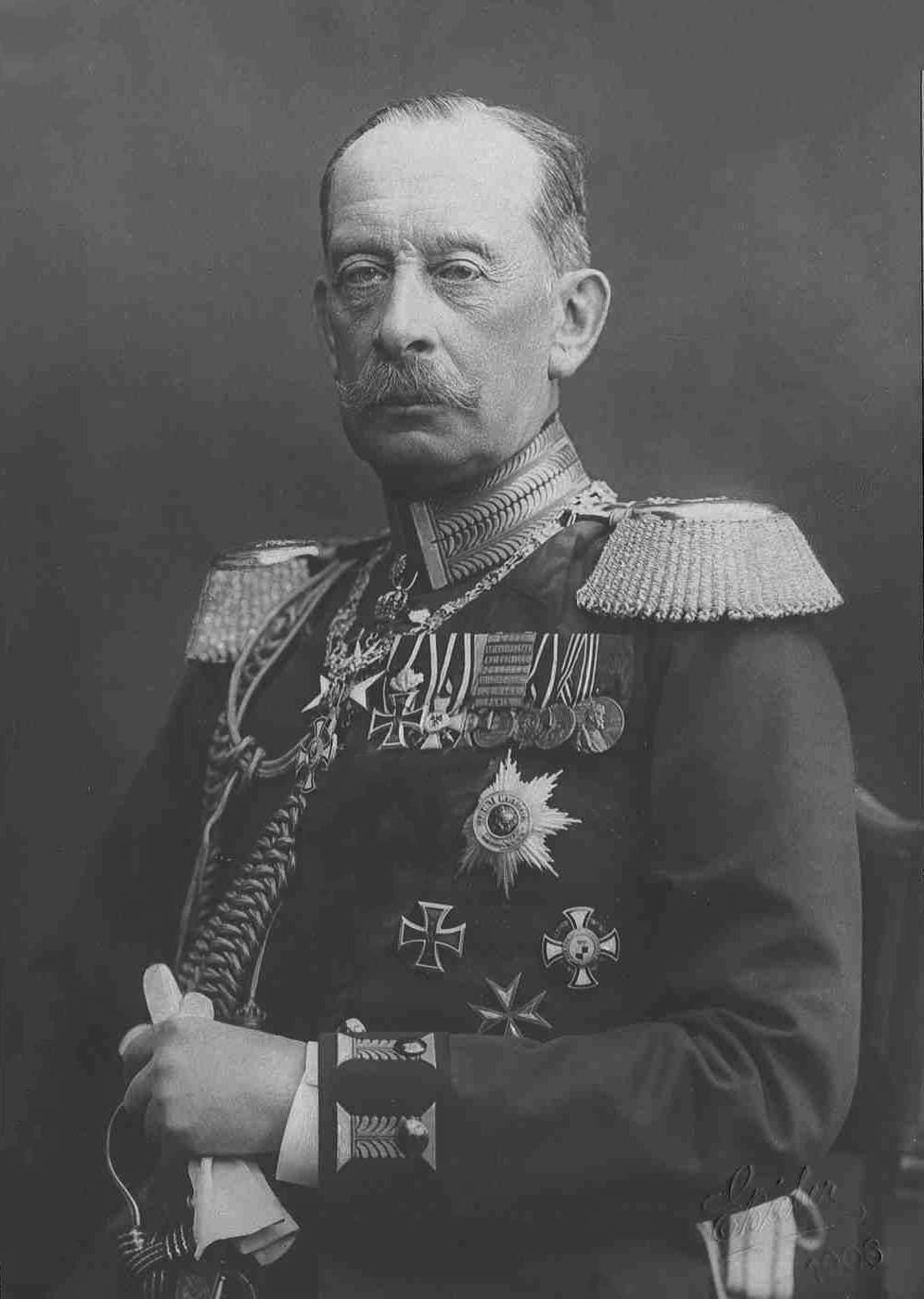Imagine a plan so audacious, it promised to win a war in a matter of weeks. This was the Schlieffen Plan, Germany’s strategic gamble at the outbreak of World War I. Instead of a swift victory, the plan became synonymous with miscalculation and ultimately contributed to the devastating stalemate on the Western Front. But what were the fatal flaws of the Schlieffen Plan, and why did it fail so catastrophically?
The Schlieffen Plan: A Gamble for Quick Victory
The Schlieffen Plan, developed in the early 1900s by Alfred von Schlieffen, was Germany’s solution to the nightmare scenario of a two-front war against France in the West and Russia in the East. The plan hinged on a critical assumption: Russia’s vast size and less-developed infrastructure would inevitably mean slow mobilization, giving Germany a crucial window of opportunity to knock France out of the war before turning its full might eastward.
The plan itself was a masterpiece of military planning, at least on paper. It called for a lightning-fast advance through neutral Belgium, bypassing the heavily fortified Franco-German border. This massive flanking maneuver aimed to encircle French armies near Paris in a giant pincer movement, forcing a swift and decisive victory within six weeks. With France subdued, Germany could then redeploy its forces to the Eastern Front and confront the lumbering Russian bear.
Unraveling a Plan: A Cascade of Failures
The Schlieffen Plan, however, was fatally flawed, relying on a series of assumptions that did not survive contact with the realities of war. The plan’s collapse was not solely due to Belgian resistance, but rather a confluence of factors that combined to doom the German offensive.
1. The Illusion of Speed
The Schlieffen Plan was obsessed with speed. Its intricate timetable allowed little margin for error, and any delays would have cascading effects, jeopardizing the entire operation. This dependence on rigid adherence to a pre-set schedule proved to be a fatal flaw.
While the German army rapidly advanced through Belgium, they encountered fiercer resistance than anticipated. The Belgian army, though smaller and less well-equipped, fought tenaciously, buying precious time for French and British forces to prepare for the German onslaught.
2. Misjudging the Allied Response
Perhaps the most critical miscalculation of the Schlieffen Plan was its underestimation of the Allied response, particularly the resolve of Great Britain. The plan’s architects considered British intervention a possibility, but not a certainty. They gambled that Britain would be hesitant to enter a continental war, especially one sparked by the violation of Belgian neutrality. This was a grave misjudgment.
The German invasion of Belgium, a small nation that Britain was treaty-bound to protect, outraged British public opinion and pushed the nation into war. The arrival of the British Expeditionary Force (BEF), though relatively small in numbers, provided a significant boost to Allied morale and played a vital role in slowing the German advance, notably at the Battle of Mons.
3. The Russian Juggernaut
The Schlieffen Plan banked on Russia’s slow mobilization, assuming they would need at least six weeks to make their forces combat-ready. This assumption proved to be dangerously optimistic. Fueled by a sense of urgency and a desire to relieve pressure on their French ally, Russia mobilized with surprising speed, deploying troops to the Eastern Front in just ten days.
This rapid mobilization forced Germany to recalculate. Instead of facing a single front in the west, they now had to contend with a two-front war much earlier than anticipated. To counter the Russian threat, Germany was forced to divert troops and resources eastward, weakening the right wing of their offensive in France – the very element that was supposed to deliver the knockout blow.
4. The Tyranny of Logistics
Moving and supplying an army of the size and scale envisaged by the Schlieffen Plan was a logistical nightmare, even for a nation as industrially advanced as Germany. The plan’s emphasis on speed meant that supply lines were constantly strained, struggling to keep pace with the advancing troops.
The German rail network, though extensive, was not designed to handle the immense volume of men, horses, and equipment required for the offensive. This resulted in bottlenecks, delays, and shortages, which hampered the German advance and eroded their combat effectiveness.
5. A Plan Cast in Iron
Military theorist Carl von Clausewitz famously wrote, “Everything in war is very simple, but the simplest thing is difficult.” The Schlieffen Plan, in its quest for clockwork precision, failed to account for the inherent friction and uncertainty of war. It was a plan that offered no room for improvisation or adaptation to changing circumstances.
When the inevitable unexpected events occurred – stiffer-than-expected resistance, logistical snags, the early entry of Britain – the plan started to unravel. The German high command, wedded to their rigid timetable, struggled to adapt, missing opportunities to exploit Allied weaknesses and compounding their own difficulties.
A Legacy of Caution
The failure of the Schlieffen Plan was a watershed moment in military history. It shattered the illusion of a swift, decisive victory in modern warfare and ushered in the era of brutal trench warfare that would define the conflict. The plan’s demise highlighted the dangers of inflexibility, overconfidence, and underestimating the enemy.
The ghost of the Schlieffen Plan haunted German military thinking for decades to come, serving as a cautionary tale of the perils of rigid war plans. It stands as a stark reminder that even the most meticulously crafted strategies must be adaptable, resilient, and grounded in a realistic assessment of the enemy and the unpredictable nature of war itself.
- Unlock Water’s Symbolism: A Cross-Cultural Exploration - April 20, 2025
- Identify Black and White Snakes: Venomous or Harmless? - April 20, 2025
- Unlocking Potential: Origins High School’s NYC Story - April 20, 2025
















3 thoughts on “Beyond Belgian Resistance: Why Did the Schlieffen Plan Fail?”
Comments are closed.